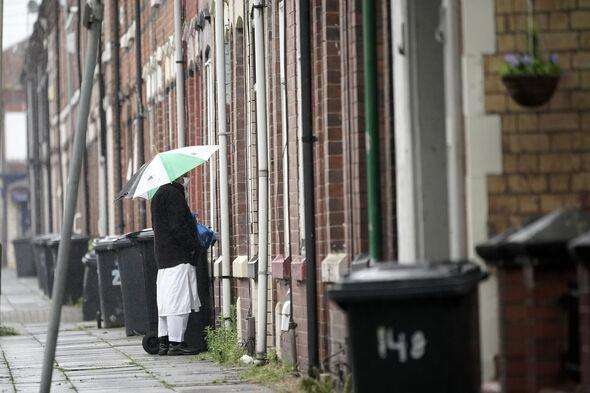Black young women (ages 16 to 25) now make up 14% of the workforce in the three highest-paying professions, more than doubling from the previous ten years. According to studies from management consulting firm McKinsey, however, BBP women in general had the largest pay discrepancies when compared to white males (21%, 23%, and 27%, respectively).
BBP Women make up only 0.3% of CEO, CFO, and COO posts at the UK FTSE 100, which is a glaringly low percentage for leadership positions. Sandra Kerr, race director at charity, Business in the Community, said there are intersectional challenges between race, age and gender in the workplace. Speaking to HR magazine, she said: “There are visible intersectional barriers for black, Bangladeshi and Pakistani women, especially with regards to age, with younger BBP women having more success in entering high-paid occupations
. “Employers should strive to make career progression opportunities open to everyone, which includes monitoring access to opportunities, projects and good work, to allow them to unlock a wide and diverse talent pool." Sundiatu Dixon-Fyle, senior fellow at McKinsey, said employers can help to improve access for older BBP women by addressing their specific challenges, including skills gaps and caring responsibilities. Speaking to HR magazine, she said: “The first thing, which is universal to older workforce participants is focusing on reskilling and upskilling.
As we continue to experience labour market shifts, this will become increasingly important. “Specifically, employers can create upskilling programmes that could help women in their company get into higher paying roles and get a skillset of other high-paying occupations. “Another is flexibility, which employees may need more of if they are caring for children or other family members particularly in single-parent families, or if they live some distance from their workplaces.” Dixon-Fyle said a skills-based approach to recruitment could also help.
“When it comes to this specific group, they may be facing particular barriers that aren’t as common as with younger BBP women. "Such as a higher likelihood of working in a lower-skilled role, having been brought up or educated abroad or not having the same qualifications. “Companies could also look at adjusting their search criteria to be more focused on skills rather than previous roles held, and loosen qualifications on degrees so these women do not select themselves out of the process.”
BBP women generally have a lower labour force participation than white women (73%), at 64% of black women, 43% of Bangladeshi women and 43% of Pakistani women. White men have the highest participation rate at 78%. Dixon-Fyle said for Bangladeshi and Pakistani women, there are often cultural reasons for lower participation. Speaking to HR magazine, she said: “This is driven in part by some cultural aspects. At times, women in these communities do not tend to work full-time jobs or have formal employment.” However, Dixon-Fyle said there are also barriers to employment for BBP women more generally.
“There are workplace barriers that can make it difficult for some to stay in the workplace, such as lack of flexibility since the industries these groups tend to work in not allowing for working from home and other matters.” Less than 40% of newly promoted BBP women cited receiving support from their direct manager as a key contributor to their success. Dixon-Fyle said HR teams need to help BBP women build a strong professional network and make diversity, equity and inclusion the responsibility of every manager.
She added: “Career development benefits from a strong support network, but BBP women too often find themselves without champions in the organisation. “Additionally, the lack of career progression and poorer experiences within a company increase the likelihood that BBP women, especially middle managers, will leave their company. “HR can help BBP women expand their professional networks, implementing a more transparent, equitable promotion process and creating a sense of belonging for BBP women through various initiatives.”
McKinsey’s report is based on data from the Annual Population Survey spanning 2012 to 2022 by the Office for National Statistics, as well as a survey it conducted with 2,758 respondents across a variety of ethnicities. Source: HR Magazine
_4.jpg)

_4.jpg)





.svg)


